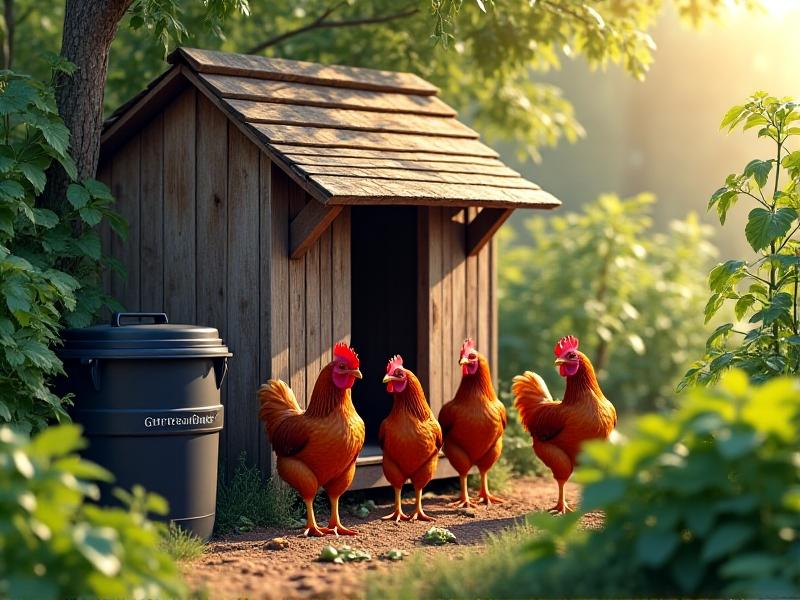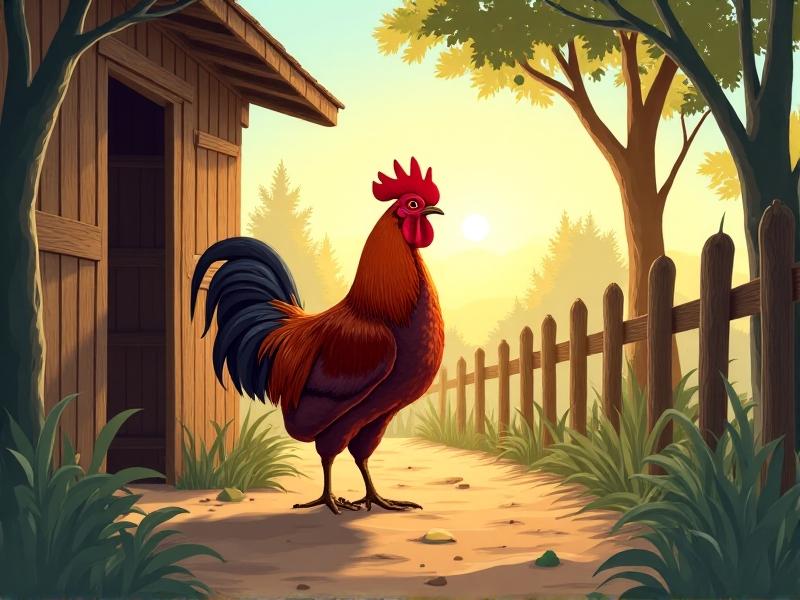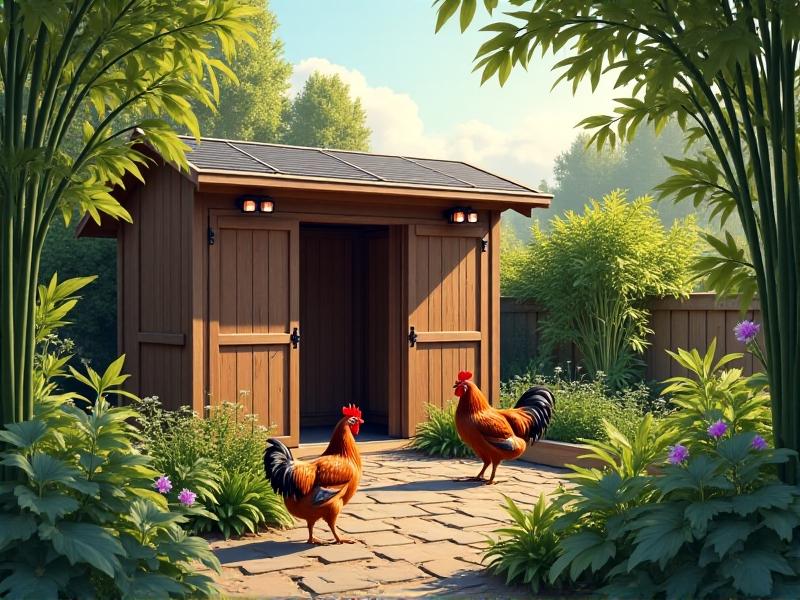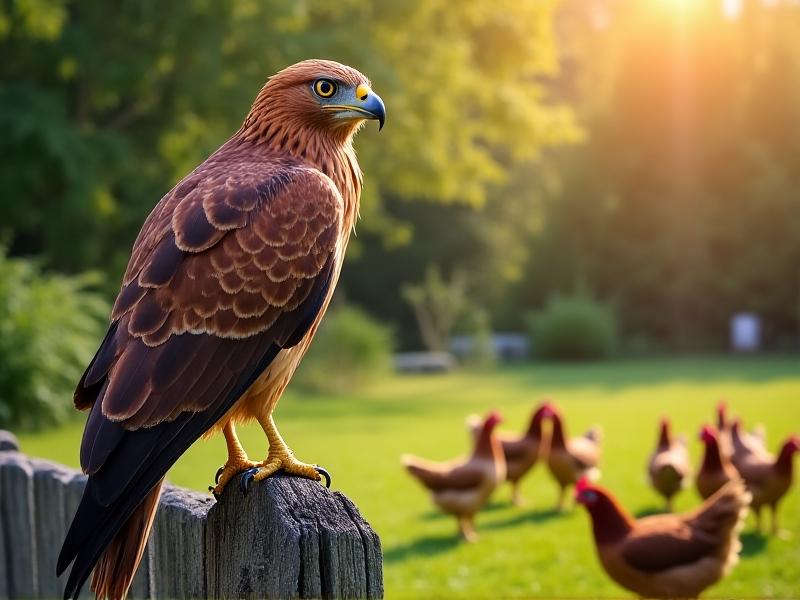Zero-Waste Chicken Keeping: The Complete Urban Guide
Introduction to Zero-Waste Chicken Keeping in Urban Spaces
Urban chicken keeping is more than a trend—it’s a sustainable lifestyle choice that aligns with zero-waste principles. By integrating chickens into city life, you reduce food waste, create natural fertilizers, and foster a deeper connection to your food sources. This guide explores how to raise chickens responsibly while minimizing environmental impact, even in limited spaces.
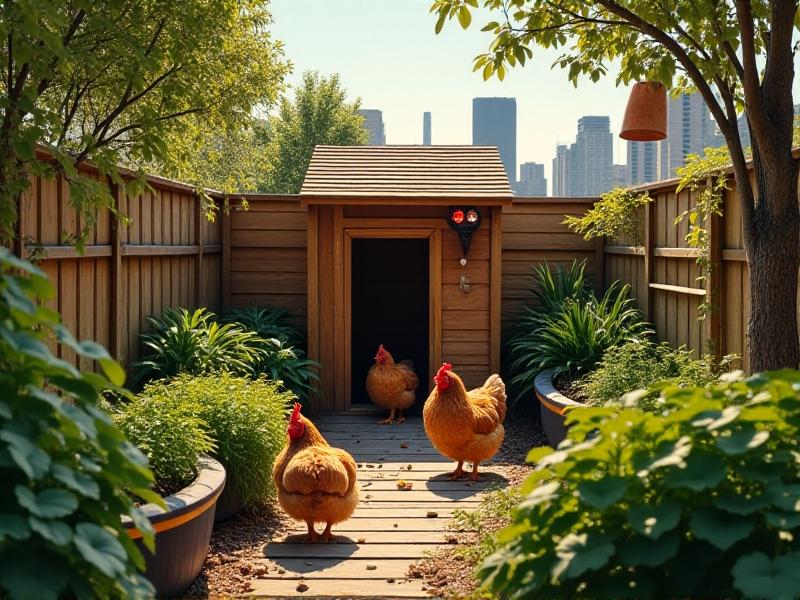
Choosing the Right Chicken Breeds for City Life
Not all chickens thrive in urban environments. Opt for calm, low-maintenance breeds like Silkies, Australorps, or Bantams, which adapt well to confined spaces and produce fewer noise complaints. Dual-purpose breeds such as Orpingtons offer eggs and meat, aligning with zero-waste goals. Prioritize hens over roosters to avoid noise violations.
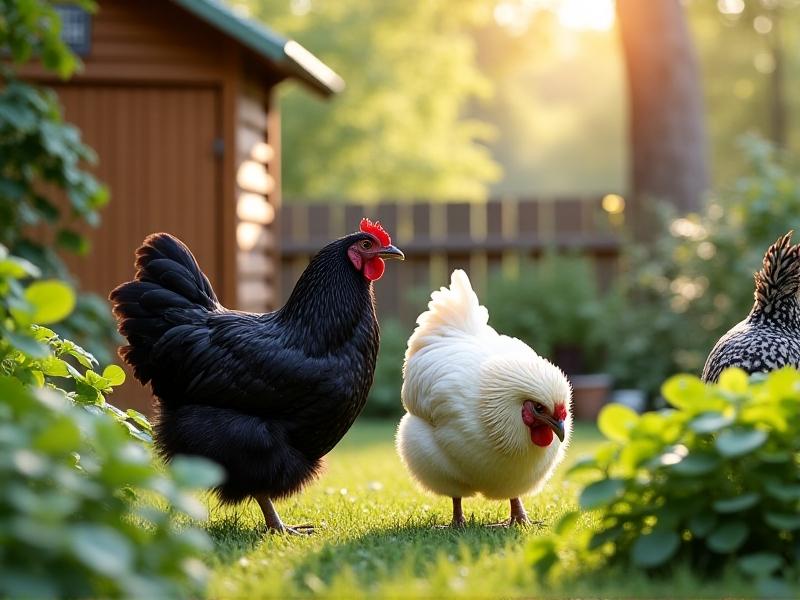
Building a Sustainable Coop from Recycled Materials
A zero-waste coop starts with repurposed materials. Use reclaimed wood, old pallets, or discarded metal roofing. Design for ventilation and natural light to reduce energy use. Incorporate a rainwater collection system and a green roof planted with drought-resistant sedum to insulate the coop and support local pollinators.
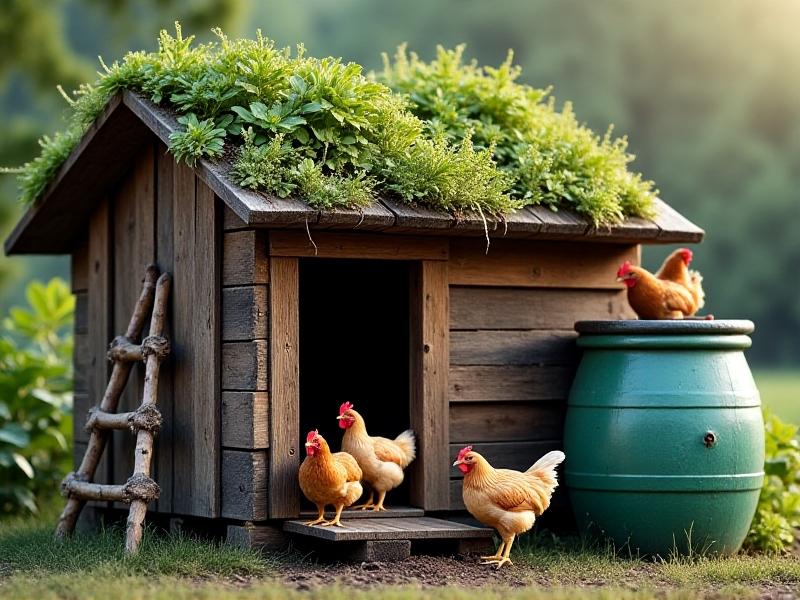
Feeding Chickens with Kitchen Scraps and Garden Waste
Chickens devour vegetable peels, stale bread, and wilted greens—diverting 30% of household waste from landfills. Avoid avocado pits, citrus, and salty foods. Supplement scraps with homegrown fodder like sprouted grains or comfrey. Plant a chicken-friendly garden with kale, pumpkins, and sunflowers for self-serve snacks.
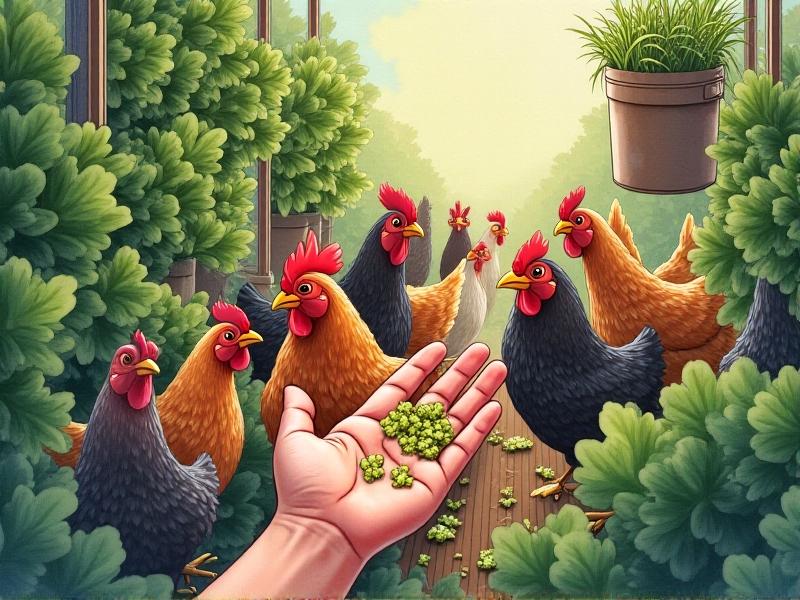
Composting Manure and Bedding for a Closed-Loop System
Chicken manure is a nitrogen-rich compost accelerator. Mix used bedding (straw, hemp, or pine shavings) with carbon sources like dried leaves. Hot composting at 140°F kills pathogens in 2–3 weeks. Use finished compost to fertilize gardens, completing the waste-to-resource cycle.
Integrating Chickens into Urban Permaculture Design
Chickens excel as permaculture partners. Let them till garden beds, eat pests, and fertilize fruit trees in rotational grazing areas. Create a chicken “tractor” mobile coop to clear weeds and aerate soil. Plant nitrogen-fixing clover in their run to enrich the soil naturally.
Navigating Urban Regulations and Neighbor Relations
Research local ordinances on flock size, coop placement, and noise. Share fresh eggs and compost with neighbors to build goodwill. Use soundproofing techniques like planting dense shrubs around the coop. Address odor concerns with regular cleaning and a deep litter method using aromatic herbs like lavender.
Building Community Through Shared Resources and Education
Join urban farming networks to swap supplies and knowledge. Host workshops on chicken care or compost tea brewing. Partner with cafes to collect coffee grounds for bedding or feed. Create a community egg-share program to promote local resilience and zero-waste living.
